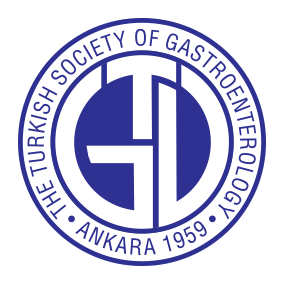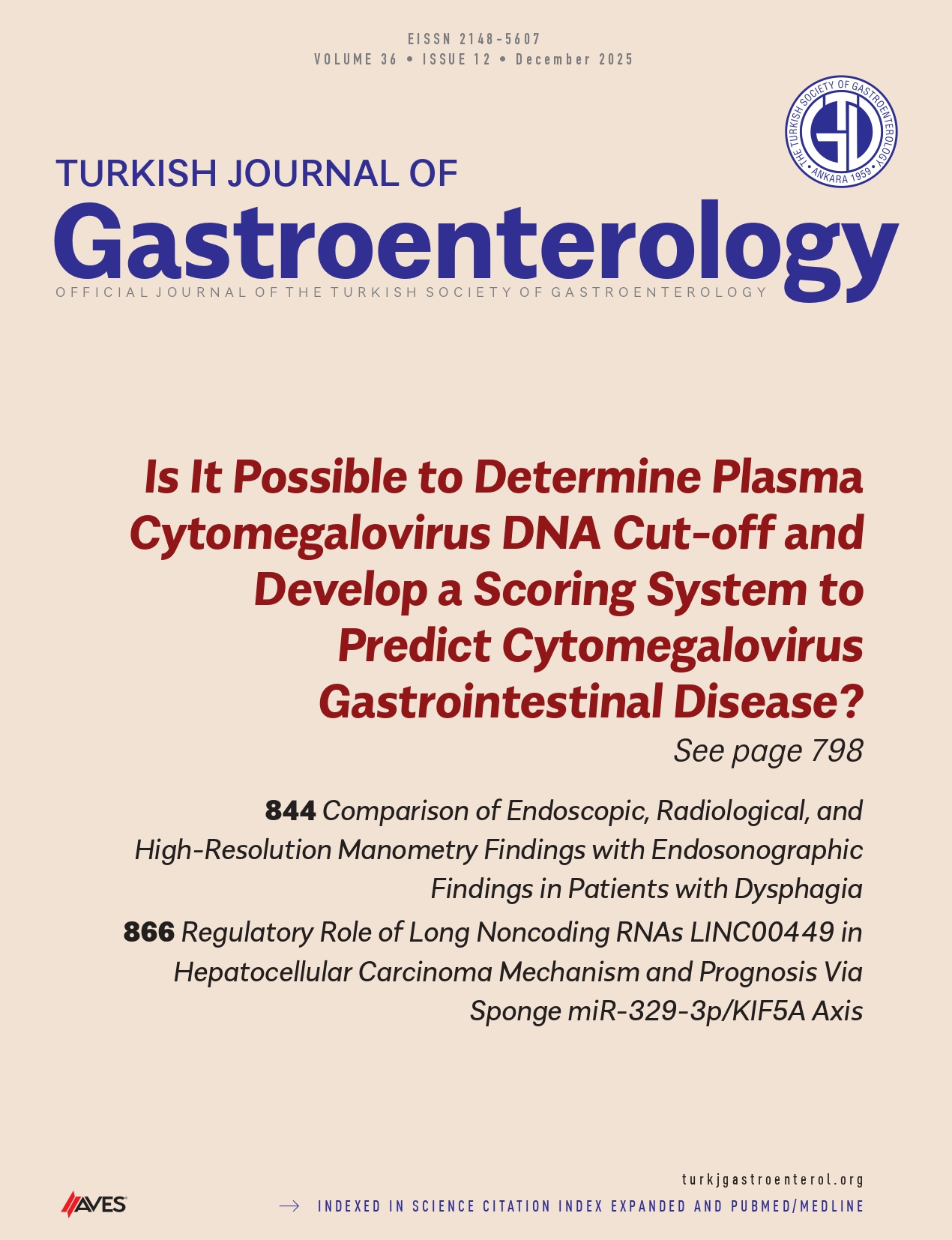Background/Aims: Pancreatic duct stones (PDS) are one of the leading complications of chronic pancreatitis, causing intractable upper abdominal pain, aggravating the underlying disease, and even increasing the risk of pancreatic cancer. At present, pancreatoscopyguided lithotripsy is considered the second-line endoscopic treatment for pancreatic duct stones. In this systematic review and metaanalysis, we evaluated the efficacy and safety of pancreatoscopy-guided lithotripsy.
Materials and Methods: A systematic search was conducted across several medical electronic databases, including PubMed, Web of Science, Medline, and Embase, encompassing publications up to December 2022. Studies reporting complete stone clearance rate, clinical success rate, and adverse event rate were included for analysis. We further aimed to compare the outcomes between electrohydraulic lithotripsy and laser lithotripsy treatment groups.
Results: A total of 17 studies (5 prospective studies and 12 retrospective studies) with 441 patients were included in the meta-analysis. Pooled complete stone clearance rate was 81% (95% CI, 0.74-0.88), pooled clinical success rate was 90% (95% CI, 0.84-0.95), while the pooled adverse event rate was 12% (95% CI, 0.07-0.19).
Conclusion: Pancreatoscopy-guided lithotripsy is a safe and effective treatment for pancreatic duct stones. This is evidenced by high pooled rates of complete stone clearance and clinical success, combined with a relatively low incidence of adverse events.
Cite this article as: Huang P, Khizar H, Song W, Yang J. Pancreatoscopy-guided lithotripsy for pancreatic duct stones: A systematic review and meta-analysis. Turk J Gastroenterol. 2024;35(11):811-821.




.png)
.png)